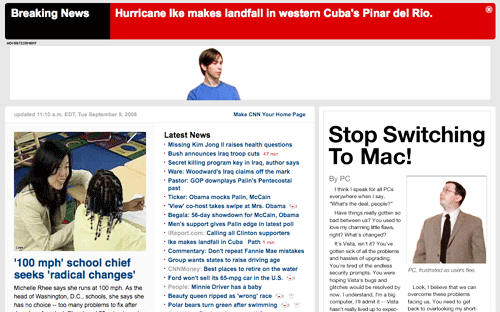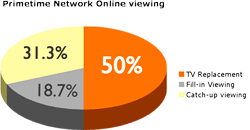The 2008 blockbuster movie of the year, Dark Knight, has now grossed over a $1 billion at the box office. A staggering figure to say the least. However, I thought it was particularly interesting to read today that the Dark Knight was not only a box office juggernaut, but it was also the most pirated movie of the year.
Amassing over a million downloads in under seven days, ‘The Dark Knight’ is by far the most pirated movie of this week. Earlier this year, Cam and DVD-screener versions of the latest in the Batman series already found their way onto the Internet, making this blockbuster the most pirated movie of 2008.
That leads to the inevitable question; is movie piracy the big villain that the movie industry would like us to believe it is? Or has piracy to some degree become a precursor for box office success? In other words, if nobody is pirating and downloading your movie, is it doomed to fail? Maybe the Dark Knight is the exception, not the rule. With its big budget aesthetics, perhaps many people who pirated the movie simply had their appetite whetted with the pirated version and then subsequently went to the theater to see it on the big screen to get the full experience. I’m not sure what the answer is, but it appears that piracy alone can’t be blamed for the overall downturn in box office revenues.via TorrentFreak


